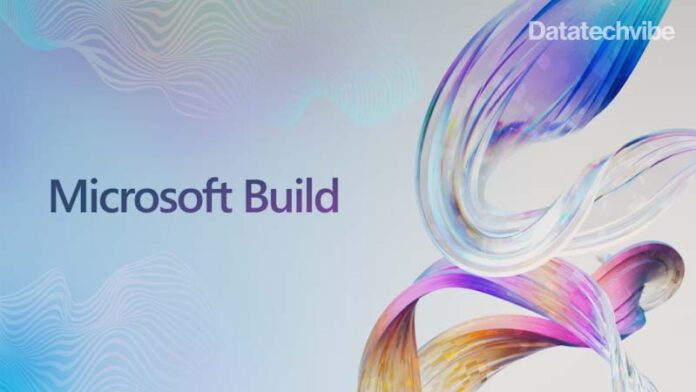From Windows, Microsoft Teams and Azure to new app-building tools for developers, the tech giant announced multiple offerings at Build 2022
Microsoft announced multiple new tools and feature updates for the developer community during its three-day annual Build 2022 conference this week. Most of the features aim to make it easier for developers to create native apps for multiple platforms, migrate to the Azure cloud, build collaborative experiences in Teams, and improve the discoverability of apps on the Microsoft store.
Here are the key announcements from Microsoft Build 2022:
Changes to Windows 11
Microsoft will soon allow Windows 11 users to see Microsoft Store apps directly from Windows Search in Windows 11. The feature will only be available to insiders early on and will help developers improve their apps’ discoverability on the operating system.
The listings that users search for will get a new Get from Store button below them, which will provide a one-touch solution to find and install apps without going to the Microsoft Store. Further, Windows 11 also brings a new feature that lets users automatically restore their apps when they move to a new PC or reset their machines.
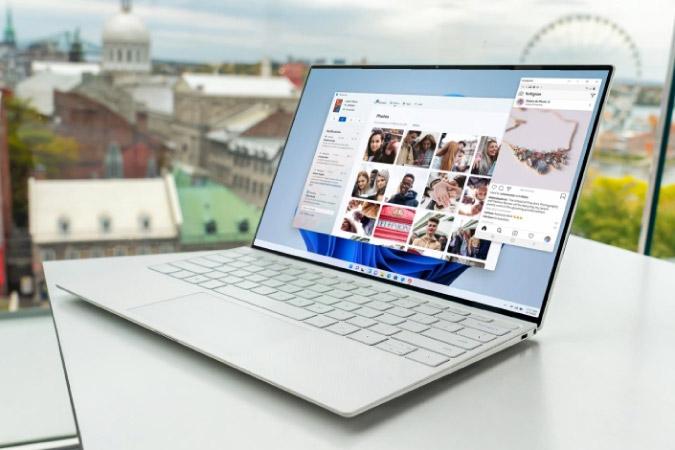 Image Source: Microsoft
Image Source: Microsoft
Ads on Microsoft Store
The Microsoft Store will now host ads for apps, helping developers run their campaigns for more visibility on their apps. These ads will begin appearing through a pilot based on Microsoft Advertising. Microsoft Store Ads aims to help developers get their apps in front of customers that use the Microsoft Store. Satya Nadella, executive chairman and CEO of Microsoft, said that the company wants developers to bring their apps to the Microsoft Store “regardless of whether they were built as a native Windows app, a progressive web app, or any other app framework.”
 Image Source: Microsoft
Image Source: Microsoft
New features for Azure
Microsoft is adding new features in Azure to make cloud migration and modernisation simple for companies. Features for migration include a grouping of virtual machines and physical servers to ensure none of the components is left out during the migration to Azure. Microsoft is also adding a pause and resume function in Azure that will let companies schedule migration during non-peak periods. For companies modernising their infrastructure using Azure, Microsoft adds the option to discover and modernise ASP.NET web apps to the native Azure application service.
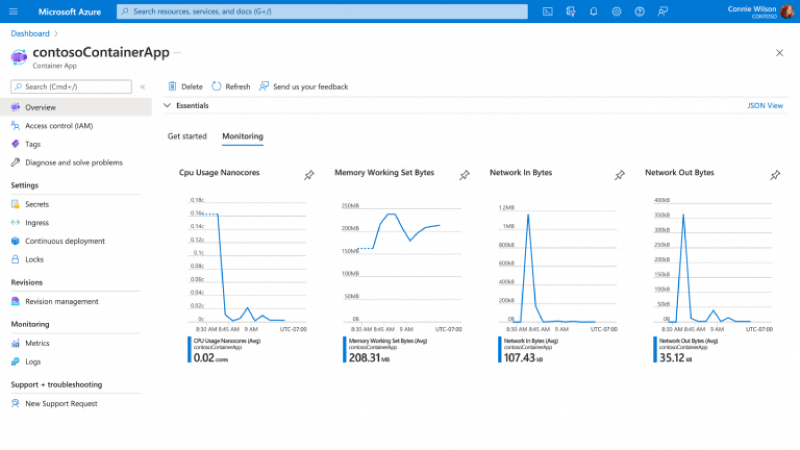 Image Source: Microsoft
Image Source: Microsoft
Developer tools and environment
Microsoft is launching a new tool called Dev Box for developers. Microsoft claims it will rescue onboarding time and the difficulty developers face while switching between tasks. Dev Box will give them access to self-service cloud workstations “pre-configured” and “ready to code.” With Azure Deployment Environment, developers can quickly ready app infrastructure using project templates.
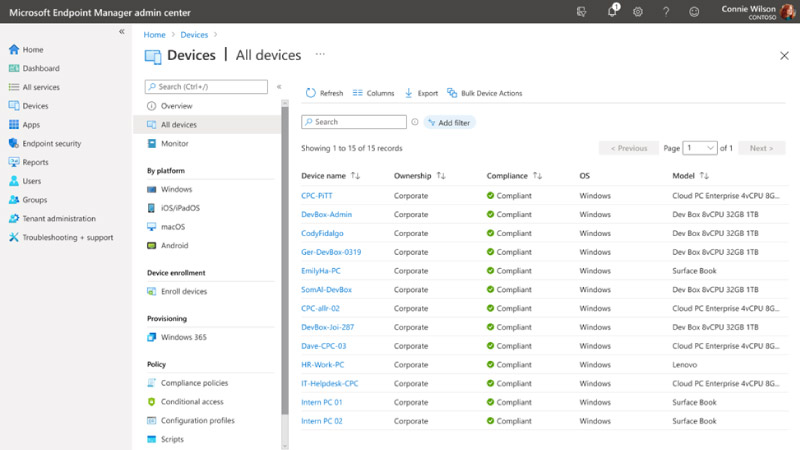 Image Source: Microsoft
Image Source: Microsoft
Third-party widget support
Developers will now be able to make companion widgets for their apps that will run on the desktop to provide quick insights and a shortcut to various aspects of the app. Support for Win32 apps will also soon be open to all developers and will help increase the number of Windows 11 apps available on the store. The Windows 11 widgets system is currently restricted to native widgets created by Microsoft, and the selection is somewhat limited. Microsoft has built widgets for its Outlook and To-Do apps, but the rest are primarily web-powered ones that present the weather, entertainment feeds, or news in the dedicated widgets panel for Windows 11.
 Image Source: Microsoft
Image Source: Microsoft
Teams SDK for Microsoft Teams
Microsoft Teams will soon get a new feature called Live Share that will let users share their apps within Teams meetings. This will be handy for teams that need to collectively edit or create a project. Developers will also get new preview extensions via the Teams SDK that let them create Live Share experiences for their applications. The Teams SDK will also allow developers to build a single app across Teams, Outlook, and Office. Developers making apps for Microsoft Teams will also offer freemium versions of their offerings, as users who want more capabilities will also be able to make in-app purchases.
 Image Source: Microsoft
Image Source: Microsoft
Microsoft Intelligent Data Platform
This new platform integrates databases, analytics, and governance, creating a streamlined data estate. Customers can quickly pivot between different areas of data. This is a game-changer for creating Customer 360 data lakes: it eliminates the need to string together products from multiple vendors. Instead, data can be found and used much more quickly. Intelligence and predictive insights also bring value to this now generally available platform.
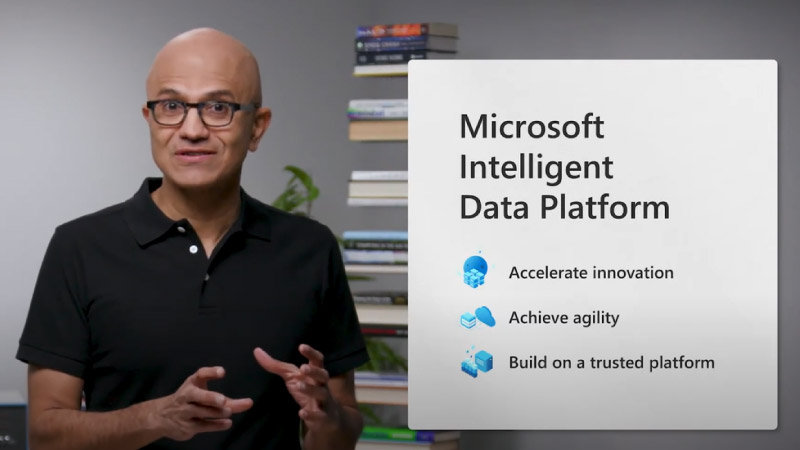 Image Source: Microsoft
Image Source: Microsoft
New ways for streamlining Cloud Migration
Dependent Hyper-V virtual machines (VMs) and physical servers can now be agentlessly discovered and grouped, identifying required components during a move to Azure. Generally available now. Azure SQL assessments now include recommendations for SQL Server on Azure VMs and support for Hyper-V VMs and physical stacks. These complement existing assessments for Azure SQL Managed Instance and Azure SQL Database. In preview. Those doing migrations can use a new pause and resume function as needed. This can be used to schedule migrations during off-peak periods as well. In preview, customers can discover ASP.NET web apps native to Azure Application Service and modernise them to Azure Kubernetes Service (AKS) Application Service Container. They can also find Java apps running on Apache Tomcat in preview.
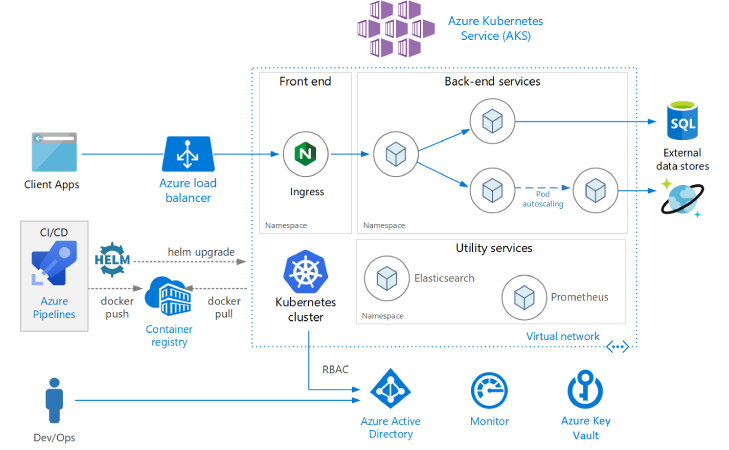 Image Source: Microsoft
Image Source: Microsoft
Intel Software Guard Extensions
Now generally available, Intel Software Guard Extensions bring a new level of performance to Azure virtual machines. With up to 48 physical cores, they provide a 12x increase in memory. Confidentiality is achieved through Multi-Key Total Memory Encryption (MK-TME). This allows large workloads to remain efficient, including those in Azure Kubernetes Service (AKS) containers.
More service extensions
Microsoft revealed that its Azure OpenAI Service is now in preview. The service partners with OpenAI to provide users with access to OpenAI’s technologies, including GPT-3 natural language model and Codex platforms, via Azure. Microsoft unveiled Azure OpenAI Service in November 2021 at its Ignite conference. “We are seeing a paradigm shift of large AI models becoming platforms themselves,” Nadella said. Azure Cognitive Services for Language now features capabilities for summarising documents and call transcripts. The company also announced Project Volterra, a native Windows dev kit with an Arm CPU and neural processing unit. It includes native Arm64 Visual Studio and .NET support and will be available later in 2022. In low-code/no-code, Power Apps Express Design will convert PDFs, PowerPoints, or hand-drawn images into apps. Power Pages was also announced, a web platform that lets users without HTML experience quickly create websites.



